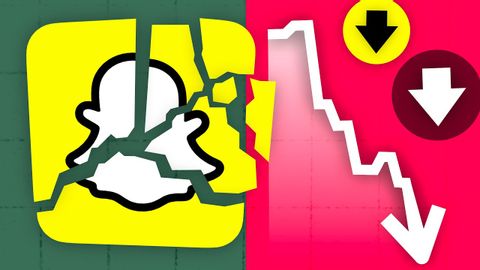還記得它曾經風靡全球的時期嗎?!為什麼 Snapchat 現在陷入大麻煩了? (Why Snapchat is in Big Trouble.)
VoiceTube 發佈於 2024 年 09 月 21 日  沒有此條件下的單字
沒有此條件下的單字US /səbˈskraɪb/
・
UK /səb'skraɪb/
US /ˈstrʌɡəl/
・
UK /'strʌɡl/
- v.t./i.奮鬥;掙扎;打鬥;搏鬥
- n. (c./u.)掙扎;掙扎;奮鬥;難題
US /ɪnˈkrɛdəblɪ/
・
UK /ɪnˈkredəbli/
- adv.令人難以置信的是;難以置信地;非常地;令人難以置信地
US /sɪɡˈnɪfɪkənt/
・
UK /sɪgˈnɪfɪkənt/
